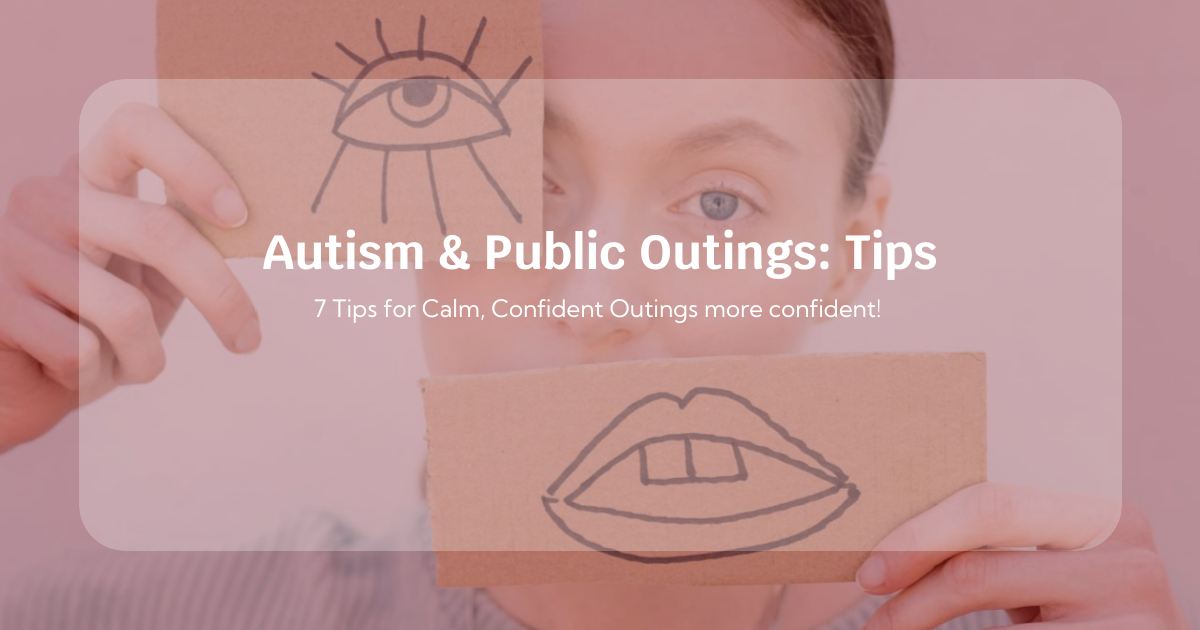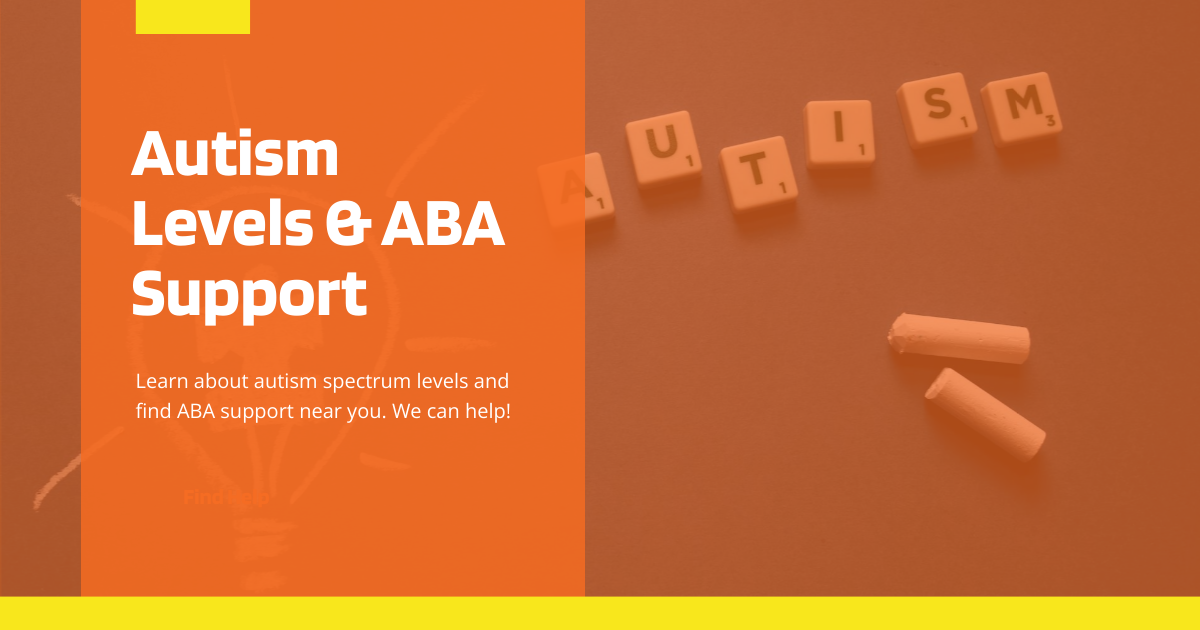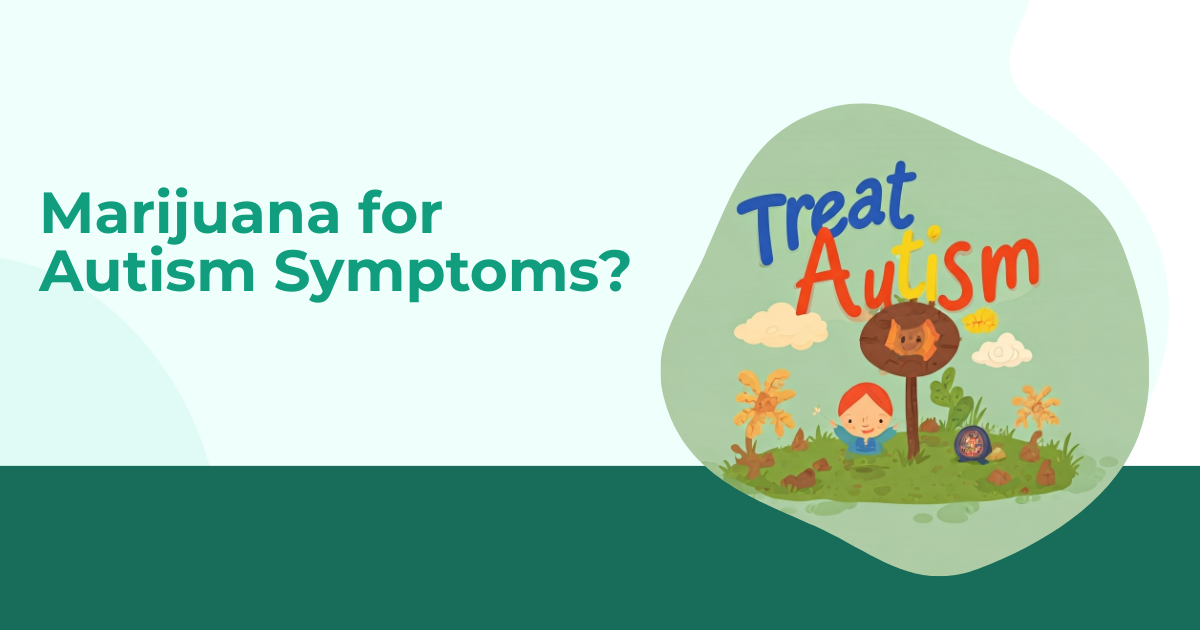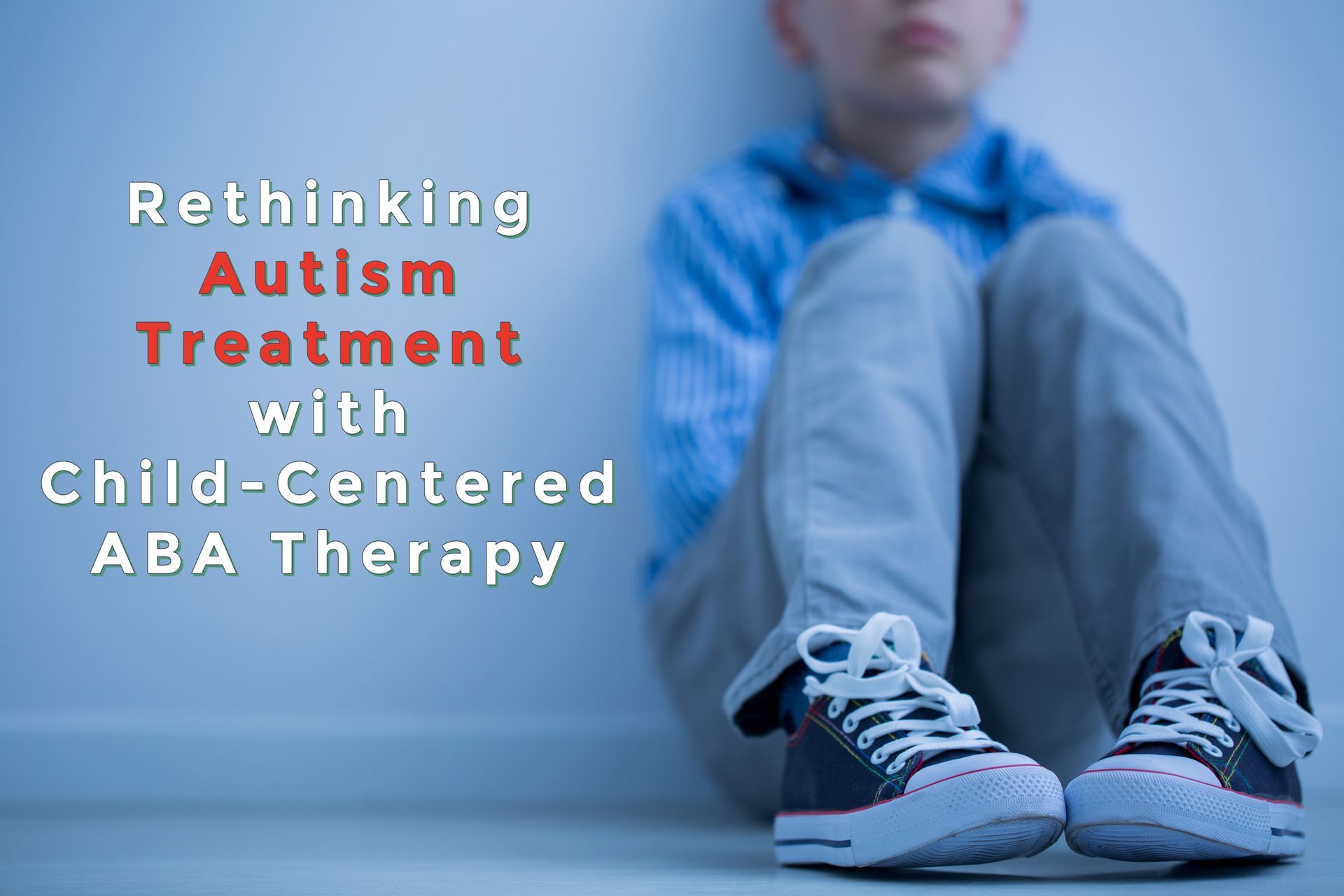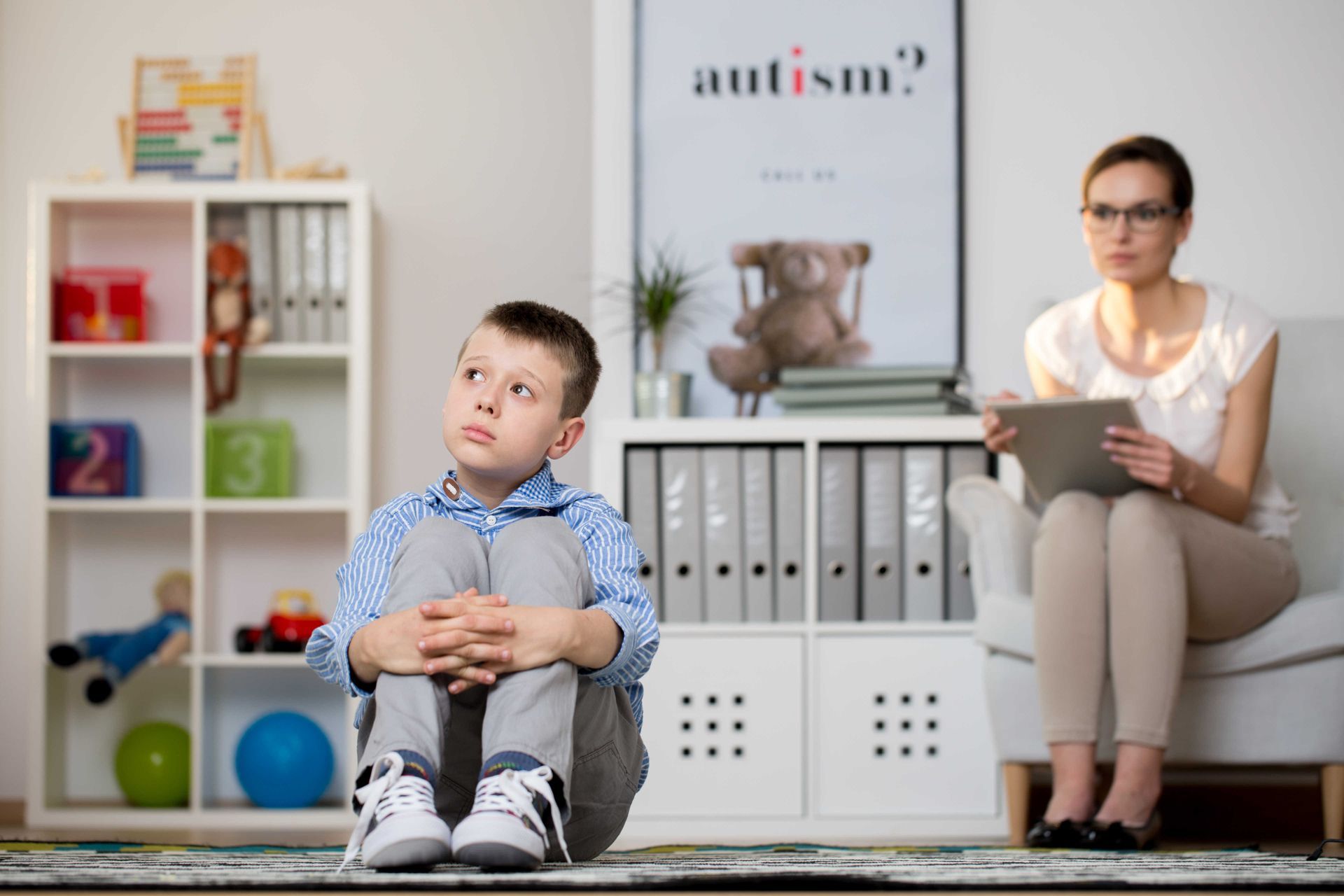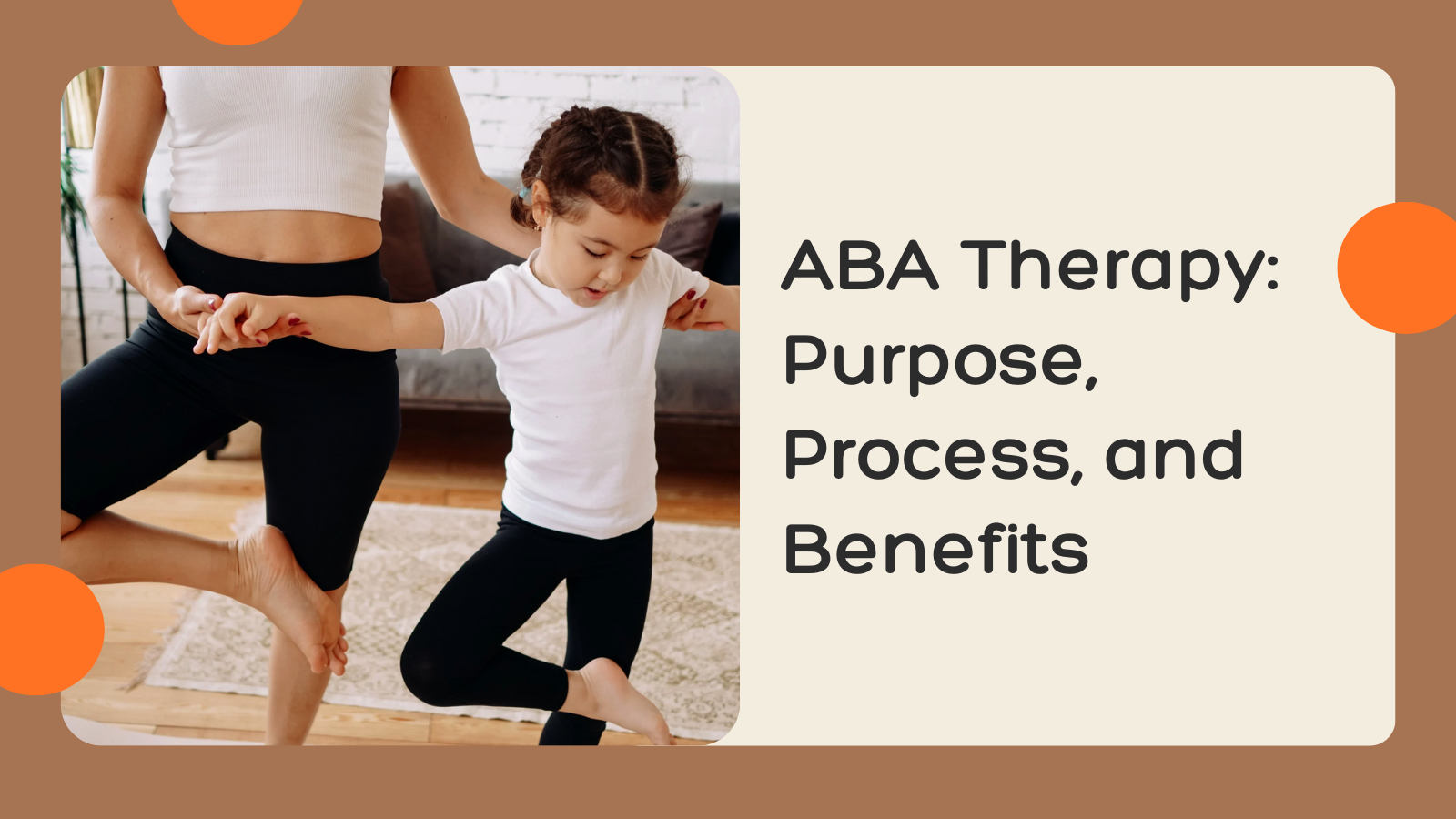Where to Find ABA Therapy Services Close to Home
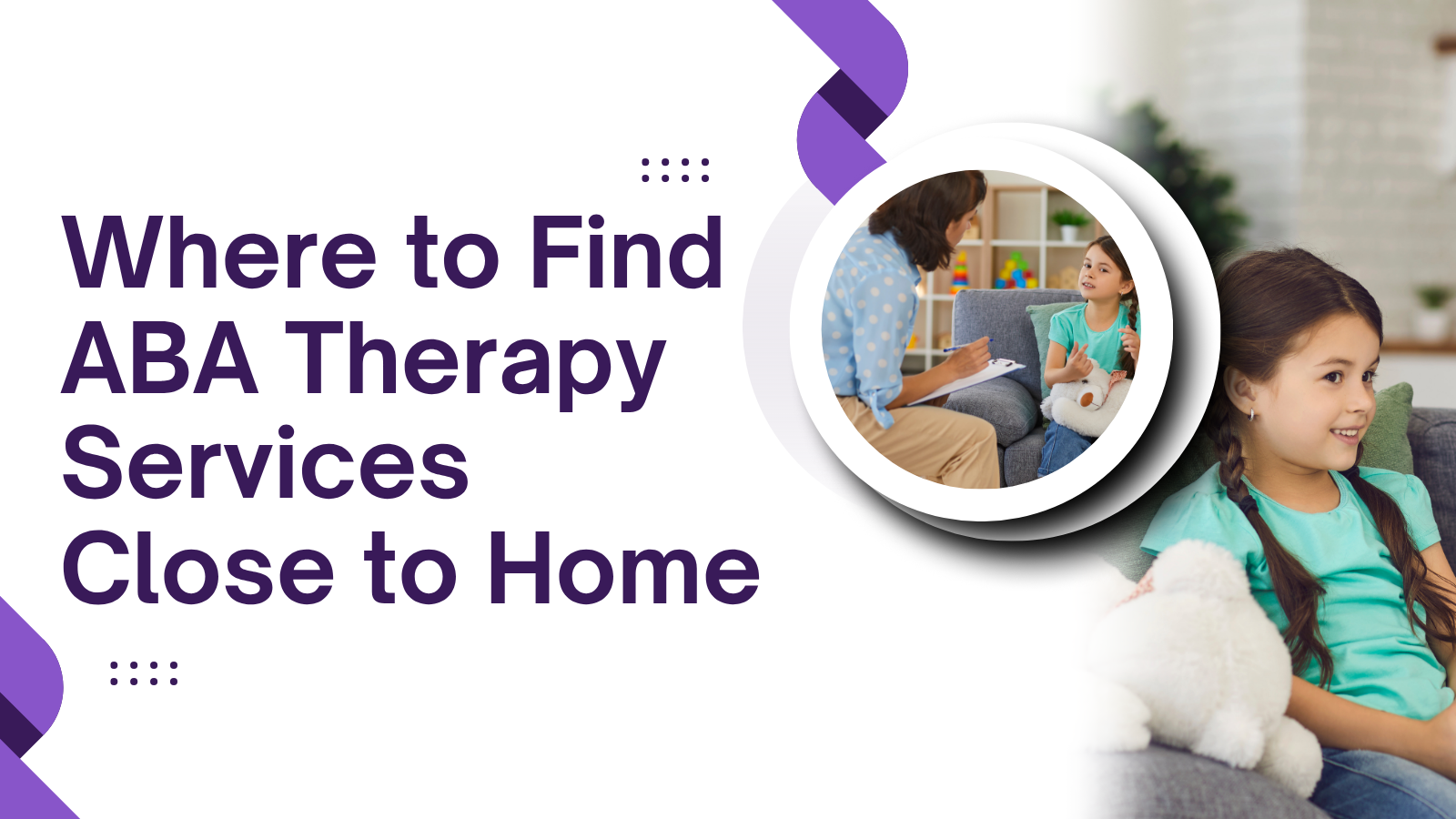
As more families seek effective and science-backed interventions to support their children’s developmental and behavioral goals, ABA Therapy has emerged as one of the most reliable and proven approaches. Designed to bring meaningful improvement through structured methods, this therapy is widely practiced across the country, making it increasingly accessible for those searching for services nearby.
In this guide, we’ll explore how to locate high-quality ABA Therapy services close to your home, what you should look for in a provider, and how to navigate your options in both urban and suburban settings. We’ll also highlight specific regional insights for families in Maryland and nearby areas.
Understanding the Foundations of ABA Therapy
Before diving into how to find providers, it’s essential to understand what ABA Therapy entails. ABA, or Applied Behavior Analysis, is a systematic method that uses evidence-based strategies to teach and reinforce positive behaviors while minimizing behaviors that interfere with learning and daily life. Its techniques can be customized to address communication, social interaction, attention, learning, and self-care skills.
Often misunderstood as a one-size-fits-all solution, ABA Therapy is highly individualized. Its success hinges on tailoring interventions to meet the unique needs of each child or individual. The core principles of aba behavior analysis are rooted in behavioral science, with decades of research proving its effectiveness.
Why Proximity Matters in ABA Services
When seeking ABA Therapy services, one of the most critical factors families consider is location. Having services nearby ensures:
- Consistency of Sessions: Frequent sessions are integral to success in ABA. Proximity enables families to maintain consistency without long travel times.
- Lowered Stress: Commuting long distances can be taxing for both children and caregivers. Local services reduce this burden.
- Greater Family Involvement: Nearby centers make it easier for parents and family members to participate in sessions and training, which strengthens outcomes.
Key Steps to Finding ABA Services Close to Home
Start with a Local Provider Directory
Begin your search with online directories focused on aba applied behavior analysis. These directories often allow filtering by zip code or city, helping you identify local providers quickly.
Popular resources include:
- The Behavior Analyst Certification Board (BACB) website
- Psychology Today’s Therapist Finder
- State-specific health department and education department websites
Ask for Recommendations
Referrals from pediatricians, school counselors, or child development specialists can point you to reputable local providers. Many schools also collaborate with ABA Therapy providers and may already have insight into who offers services in your area.
Connect with Parent Networks
Online forums and local parent support groups can be goldmines of information. These communities often share first-hand experiences, helping you evaluate different providers. You can search Facebook groups or forums based on your region, such as “Maryland ABA Parent Group.”
What to Look For in an ABA Provider Near You
Finding a provider close to home is only the first step. Here’s how to ensure they offer quality, comprehensive care:
- Credentialed Behavior Analysts
Ensure that services are overseen by Board Certified Behavior Analysts (BCBAs). These professionals are trained in aba behavior analysis and are critical to developing and supervising treatment plans.
- Individualized Treatment Plans
A quality provider will not use a cookie-cutter approach. Look for those that conduct detailed assessments and create customized goals for your child.
- Parental Involvement
Choose a provider that encourages parent participation and provides caregiver training. This strengthens the therapy’s impact beyond the clinical setting.
- Range of Settings
Some families benefit from in-home services, while others prefer clinic-based therapy. Others might need school-based support. Look for providers offering flexible delivery models.
- Clear Communication and Progress Tracking
Top ABA Therapy centers keep families informed with regular progress reports, open communication, and data-driven updates.
Spotlight on Maryland: Accessing ABA Services in Your Region
If you're located in Maryland, you're in luck. The state has seen a growing number of high-quality ABA companies Maryland families can rely on. Whether you're in Baltimore, Rockville, Silver Spring, or surrounding suburbs, you'll find a broad network of providers offering individualized ABA programs.
Popular Maryland-Based Providers Include:
- Specialized ABA Autism Therapy Maryland Clinics: These focus on developmental and behavioral improvements using the latest ABA strategies.
- In-Home ABA Service Providers: Many aba companies Maryland also offer in-home services, which are convenient for younger children or those requiring a more personalized environment.
- Hybrid Providers: Clinics that combine in-clinic and in-home therapy allow flexibility and balance, making it easier for families to access care without compromising on quality.
Additionally, many Maryland-based insurance plans offer partial or full coverage for ABA Therapy under state mandates, making services more financially accessible.
Questions to Ask Before Enrolling
When speaking with a potential provider, use these questions to assess whether they meet your expectations:
- What qualifications do your therapists and supervisors hold?
- Do you provide in-home, in-clinic, or school-based services?
- How often are treatment plans reviewed and updated?
- How do you measure progress and share that with families?
- Is parent training included in the program?
Asking these questions ensures you find a center aligned with your child’s specific developmental goals and your family’s logistical needs.
Telehealth: A Supplementary Option
While in-person care remains the gold standard, telehealth options have expanded access to ABA Therapy. Some centers offer virtual parent training or even remote behavioral therapy sessions. This is especially useful for families in rural areas or those temporarily unable to attend in person.
How Insurance and Funding Support Local Access
Accessing nearby ABA services is not just about location—it’s also about affordability. Most major insurance carriers now cover ABA Therapy, though plans vary. In Maryland, the Maryland Insurance Administration mandates coverage of ABA under specific circumstances, making it easier for families to access therapy through their healthcare provider.
You can also look into:
- Medicaid Waivers
- School District Resources
- Local nonprofit organizations
- Early intervention programs for children under age 5
These programs may offer partial or full coverage of ABA services close to home.
Final Thoughts
Finding ABA Therapy services near your home doesn’t have to be a challenge. By tapping into local directories, asking the right questions, and leveraging both insurance and community resources, families can access effective and compassionate care. Whether you’re exploring aba applied behavior analysis in general or looking specifically for aba autism therapy Maryland, the most important step is beginning the journey with informed and confident decisions.
As you explore your options—whether in Maryland or elsewhere—prioritize providers who understand your child’s needs, support your family, and offer convenient, accessible care. With the right team nearby, you’re well on your way to making meaningful progress.
Let Able Minds ABA help guide your journey—reach out today.
FAQs
What is ABA Therapy, and how does it work?
ABA Therapy, short for Applied Behavior Analysis, is a scientific approach that helps individuals learn new skills and reduce behaviors that may interfere with everyday functioning. It works through structured sessions where desired behaviors are reinforced and unwanted behaviors are redirected using evidence-based strategies.
How can I find ABA Therapy services close to my home?
You can begin by searching national directories like the Behavior Analyst Certification Board (BACB) website or using local health department listings. Additionally, recommendations from pediatricians, school counselors, or support groups can lead you to nearby ABA Therapy providers. Parent communities and forums can also provide valuable insight.
What qualifications should I look for in an ABA provider?
Make sure the provider has Board Certified Behavior Analysts (BCBAs) on staff, offers customized treatment plans, encourages family involvement, and provides consistent updates on progress. These features ensure the provider adheres to the principles of aba applied behavior analysis and delivers high-quality care.
Are there ABA Therapy services available in Maryland?
Yes, Maryland is home to many reputable aba companies that offer a variety of options, including in-home, clinic-based, and hybrid services. Families searching for aba autism therapy Maryland will find providers in cities like Baltimore, Rockville, and Silver Spring, as well as in suburban and rural areas.
What are the benefits of choosing an ABA provider near my location?
Local providers allow for easier scheduling, reduced travel time, and better consistency. They also make it easier for parents to attend training sessions and for therapists to understand the child’s natural environment—key elements for effective aba behavior analysis.
Does insurance cover ABA Therapy?
Most private insurance plans, as well as Medicaid in many states including Maryland, offer coverage for ABA Therapy. It’s important to verify specific plan benefits with your insurance provider. Some aba companies Maryland also help with insurance coordination and billing.
What settings are available for ABA Therapy services?
ABA services can be delivered in various settings such as in-home, at specialized clinics, in schools, or via telehealth. The best setting depends on the individual's goals, needs, and the family’s schedule. Many Maryland-based providers offer flexible options to accommodate different lifestyles.
What questions should I ask when evaluating ABA providers?
Ask about their staff qualifications, session formats, parent training opportunities, how progress is measured, and how often treatment plans are updated. These questions help ensure the provider aligns with the best practices of aba behavior analysis.
Can ABA Therapy be customized for my child’s specific needs?
Absolutely. One of the strengths of ABA Therapy is its ability to create personalized goals based on an individual assessment. Goals may target communication, attention, academic readiness, or behavior regulation, all tailored to each person's unique developmental profile.





